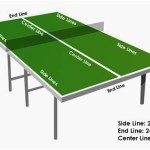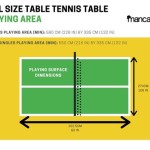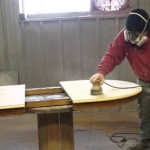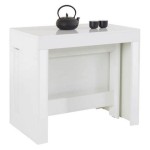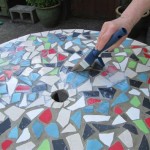Artificial Fruits and Vegetables Decoration: A Guide to Essential Aspects
Artificial fruits and vegetables are an excellent alternative to natural produce for decorative purposes. They offer numerous advantages, including durability, longevity, and the ability to create realistic-looking displays without the worry of spoilage or decomposition. To create stunning and eye-catching artificial fruit and vegetable arrangements, it's crucial to consider several essential aspects.
1. Selection of Materials
The choice of materials for artificial fruits and vegetables significantly impacts their aesthetic appeal and durability. Common materials include:
*Plastic:
Durable and lightweight, plastic is a cost-effective option but may appear artificial. *Foam:
Realistic and lightweight, foam allows for intricate sculpting but can be fragile. *Resin:
Durable and resistant to fading, resin provides a high level of realism but can be more expensive. *Ceramic:
Heavy and breakable, ceramic offers excellent durability and a sophisticated look.2. Color and Texture
The colors and textures of artificial fruits and vegetables play a crucial role in mimicking the natural appearance of their counterparts. Look for products that accurately depict the vibrant hues and subtle textures found in real fruits and vegetables. Consider the lighting conditions where the decorations will be displayed to ensure optimal color vibrancy.
3. Size and Shape
Choosing the right size and shape of artificial fruits and vegetables is essential for creating realistic displays. Consider the scale of your arrangement and select pieces that are proportionate to one another. Pay attention to the natural variations in size and shape within each fruit or vegetable type to avoid uniformity.
4. Arrangement and Composition
The arrangement and composition of artificial fruits and vegetables determine the overall aesthetic impact. Experiment with different arrangements to create visually appealing displays. Group similar fruits and vegetables together or combine contrasting textures and colors for a dynamic effect. Consider the use of greenery, flowers, or other decorative elements to enhance the realism and beauty of your creation.
5. Maintenance and Cleaning
While artificial fruits and vegetables are less susceptible to spoilage than natural produce, they still require proper maintenance and cleaning to preserve their appearance. Use a soft cloth or duster to gently remove dust and debris. Avoid harsh cleaning agents or abrasive materials that could damage the surface. Store artificial produce in a cool, dry place when not in use to minimize fading or discoloration.
Conclusion
Creating stunning artificial fruit and vegetable decorations involves careful consideration of materials, color, texture, arrangement, and maintenance. By adhering to these essential aspects, you can create realistic and eye-catching displays that enhance any space with their aesthetic appeal and durability.

8 Pcs String Artificial Fruits And Vegetables Simulation Fake Plastic Foam Hanging Home Garden Wedding Party Decoration Wish

Steger Artificial Fruit Fake Realistic Decoration Lifelike Decorative Fruits For Home Kitchen Party Decor Com

Artificial Fruit Plastic Fruits Realistic Lifelike Props Home Kitchen Diy Decor

Fruit Home Decoration Simulation Artificial Temu

10pcs Mixed Color Artificial Fruits And Vegetables Decoration Shein Usa

Steger Artificial Fruit Fake Realistic Decoration Lifelike Decorative Fruits For Home Kitchen Party Decor Com

Life Like Decorative Plastic Artificial Fake Fruits Vegetables Home Decoration

12pcs Pack Artificial Fruits And Vegetables Set For Home Decoration Fake Fruit Veggie Bowl Kitchen Dining Table Party Photography Project Toy Shein Usa

Realistic Artificial Foam Fruit Simulated Vegetable Fake Food Kitchen Home Decor

Vegetable Models Photography Props Artificial Fruits Temu


